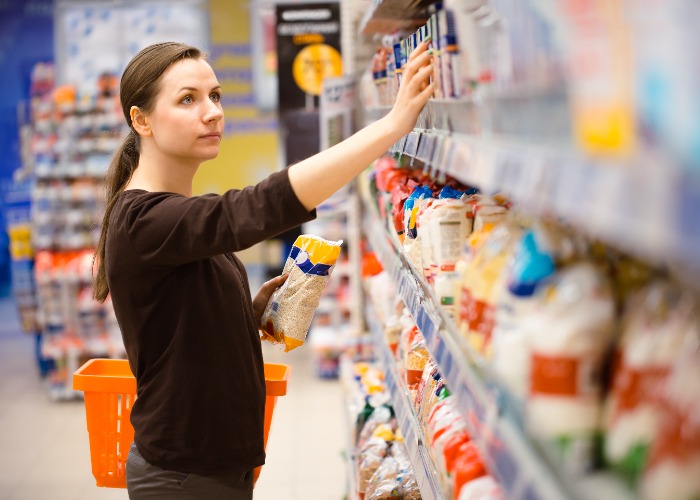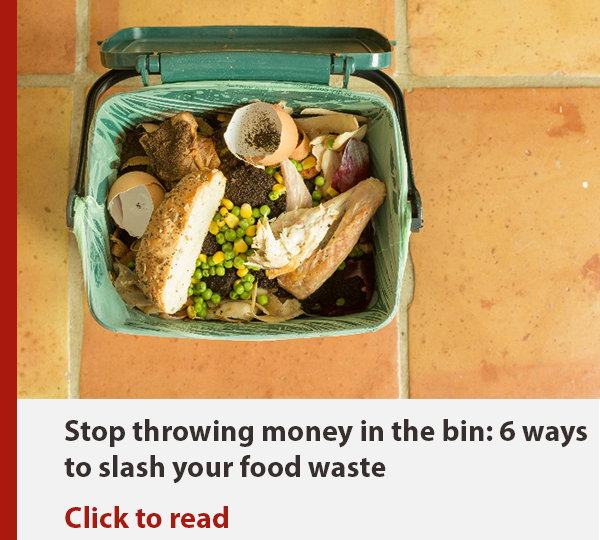The most expensive supermarkets if you don’t have a loyalty card

Failing to sign up to a loyalty scheme from your usual supermarket could leave you counting the cost.
Supermarket loyalty schemes have taken off over the last couple of years.
Where once shoppers were limited to essentially either the Clubcard or Nectar scheme, things have changed to the point that most supermarkets have some sort of membership programme in place.
Crucially the way that these schemes operate has also fundamentally changed.
While they often still allow you to build up some sort of rewards based on the money you spend with the supermarket, in some cases they now also mean you can qualify for lower prices on specific items.
As a result, just being a member of the scheme can lower the cost of your shopping, without needing any further changes to your shopping habits.
Of course, the counter to that is true too ‒ if you don’t sign up, you’re condemning yourself to a more costly experience at the supermarket.
The most expensive supermarket without a loyalty card
This situation has prompted the consumer champions at Which? to dig into which supermarkets end up being the most costly options for those who haven’t signed up for the relevant loyalty scheme.
It carried out its regular monthly analysis of supermarket prices for a large trolley of items, consisting of 131 different products including branded items like Andrex toiler paper and Cathedral City cheese.
Crucially, Sainsbury’s came in as the most expensive supermarket for the first time, with a total bill of £359.23.
That’s even more than the £355.51 you’d pay at Waitrose.
Here’s how the supermarkets shape up:
|
Supermarket |
Average basket price |
|
Asda |
£325.71 |
|
Morrisons |
£332.22 |
|
Ocado |
£349.79 |
|
Tesco |
£350.41 |
|
Waitrose |
£355.51 |
|
Sainsbury's |
£359.23 |
Importantly, while the analysis includes multibuy offers, it doesn’t take into account loyalty scheme discounts.
As a result, if a shopper makes use of the Nectar Prices scheme at Sainsbury’s they are likely to see the cost of that trolley drop significantly.
Getting sneaky with loyalty schemes
On the face of it, there’s nothing obviously wrong with offering discounted prices to members of your loyalty scheme.
The trouble is that supermarkets may be being a little sneaky with how they go about it.
There have been criticisms for example over a lack of unit pricing, making it all the harder for shoppers to accurately compare prices between products included in the scheme and those outside.
Supermarkets have also come under fire for artificially inflating the ‘regular’ prices of items, so that the discounts on offer for loyalty scheme members look even better.
This has the added impact of punishing non-scheme members still further through those higher regular prices.
The food price battle
Despite the less than transparent way some supermarkets are utilising these schemes, the reality is that it’s never been more important for shoppers to make use of whatever help is on offer in order to keep their food costs low.
Over the last year or so the rate of food price inflation has been incredibly high, at times the highest seen since the mid 1970s.
And while inflation has started to drop, this only means that the rate at which prices are growing has slowed ‒ food isn’t getting cheaper, it’s just increasing more slowly.
Given the pressure we all face on our money from various other expenses and household bills, adapting our shopping habits in order to reduce the cost at the till is important.
Making use of loyalty schemes is just one way of doing that; some have tried to shift to non-branded items wherever possible, while others have gone for a more dramatic change of simply shifting where they buy their food each week.
Playing the loyalty scheme game
Supermarket loyalty schemes are nothing new, but it’s clear that they have taken on far greater importance over the last year or so.
Where once they were simply a way to build up a few points that you could turn into a voucher or two, now they open up access to an entirely different pricing scheme.
And that can make a huge difference to the cost of your food shopping each week.
Shopping around continues to make sense where possible, so that you ensure you are paying as little as possible for the best quality food for you and your family.
But so too does playing the loyalty scheme game, signing up for the various loyalty schemes on offer from the supermarkets you will potentially be shopping from.
There’s no question it’s an additional hassle, finding the room in your wallet for a membership card, or more likely on your mobile phone for yet more loyalty apps.
However, it is absolutely worth doing, with the potential to deliver tangible improvements to your finances.
Comments
Be the first to comment
Do you want to comment on this article? You need to be signed in for this feature
